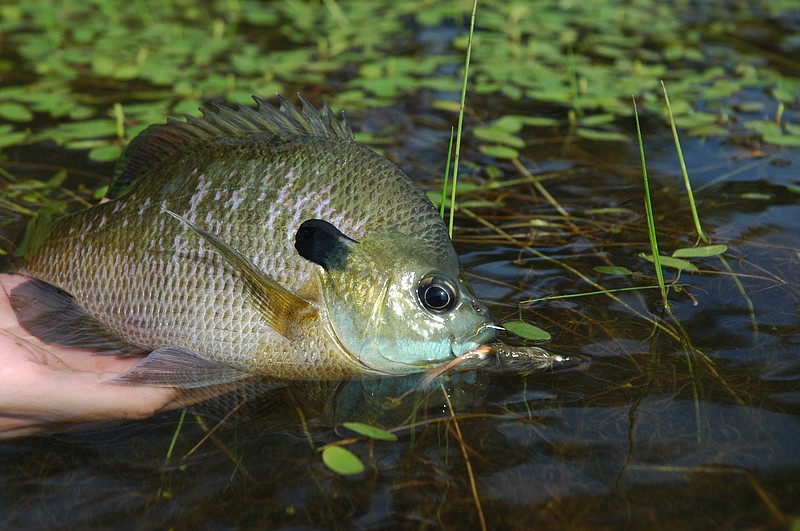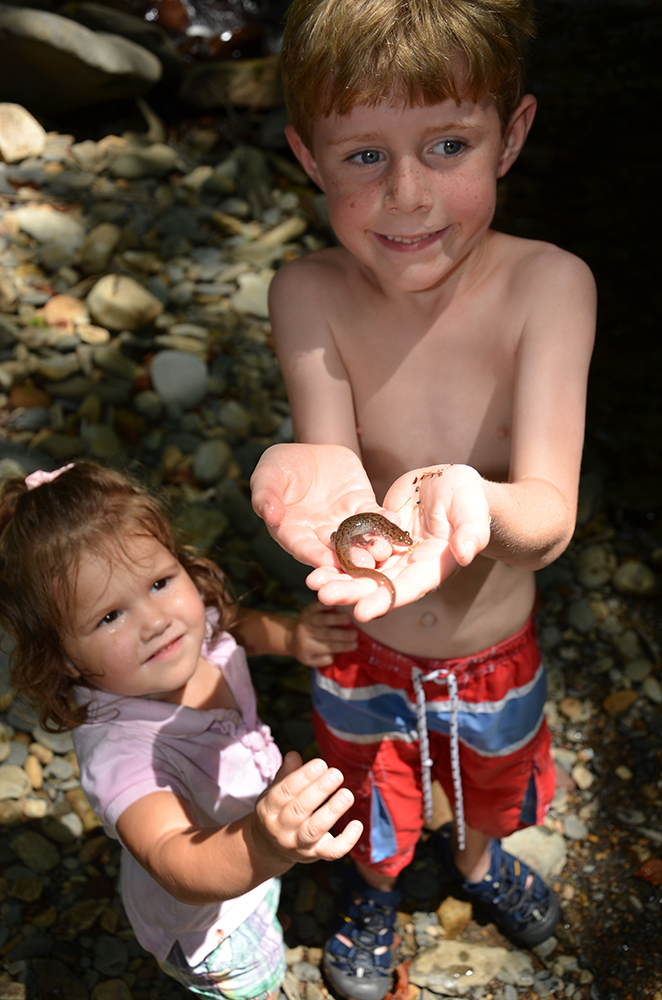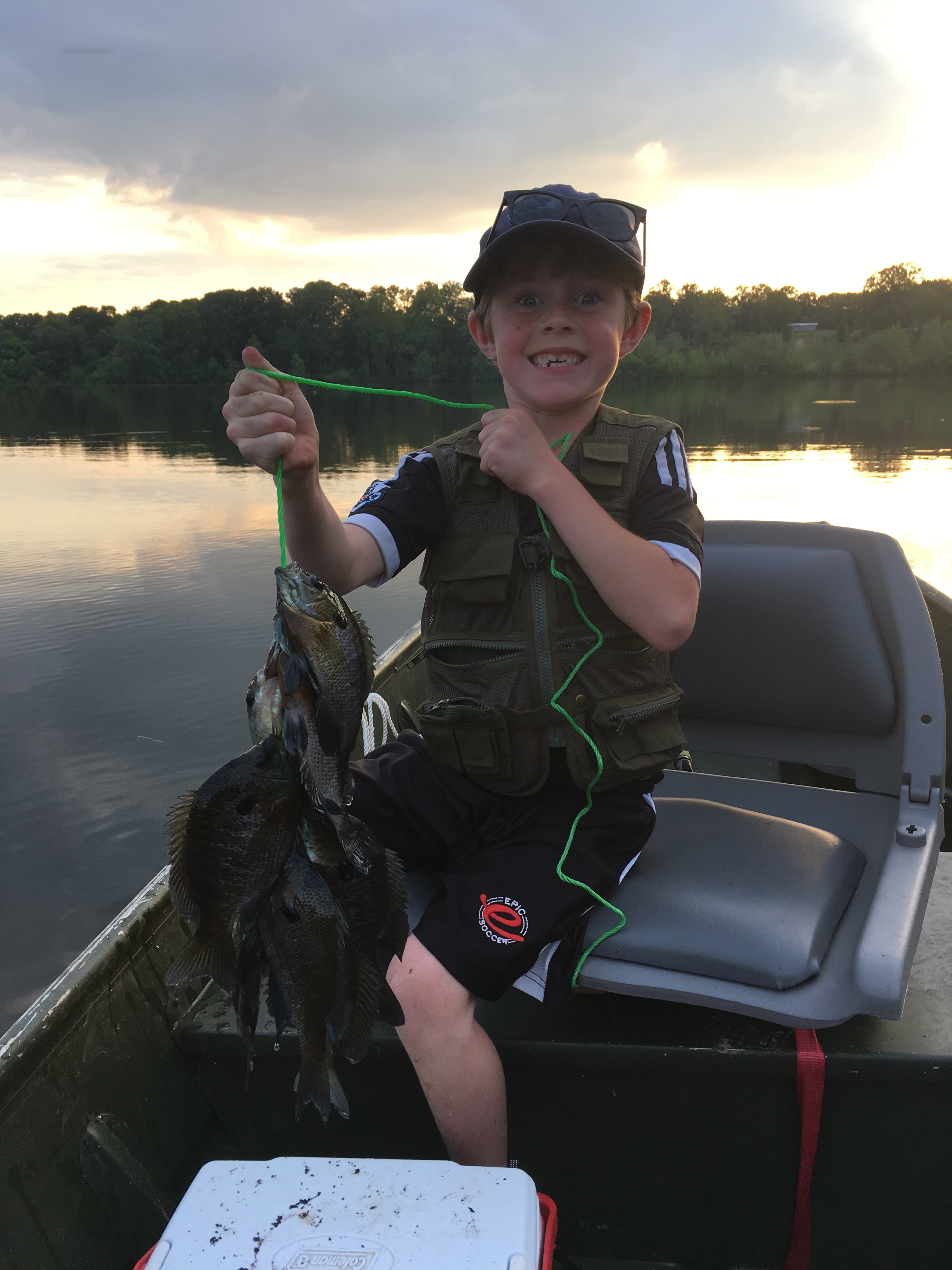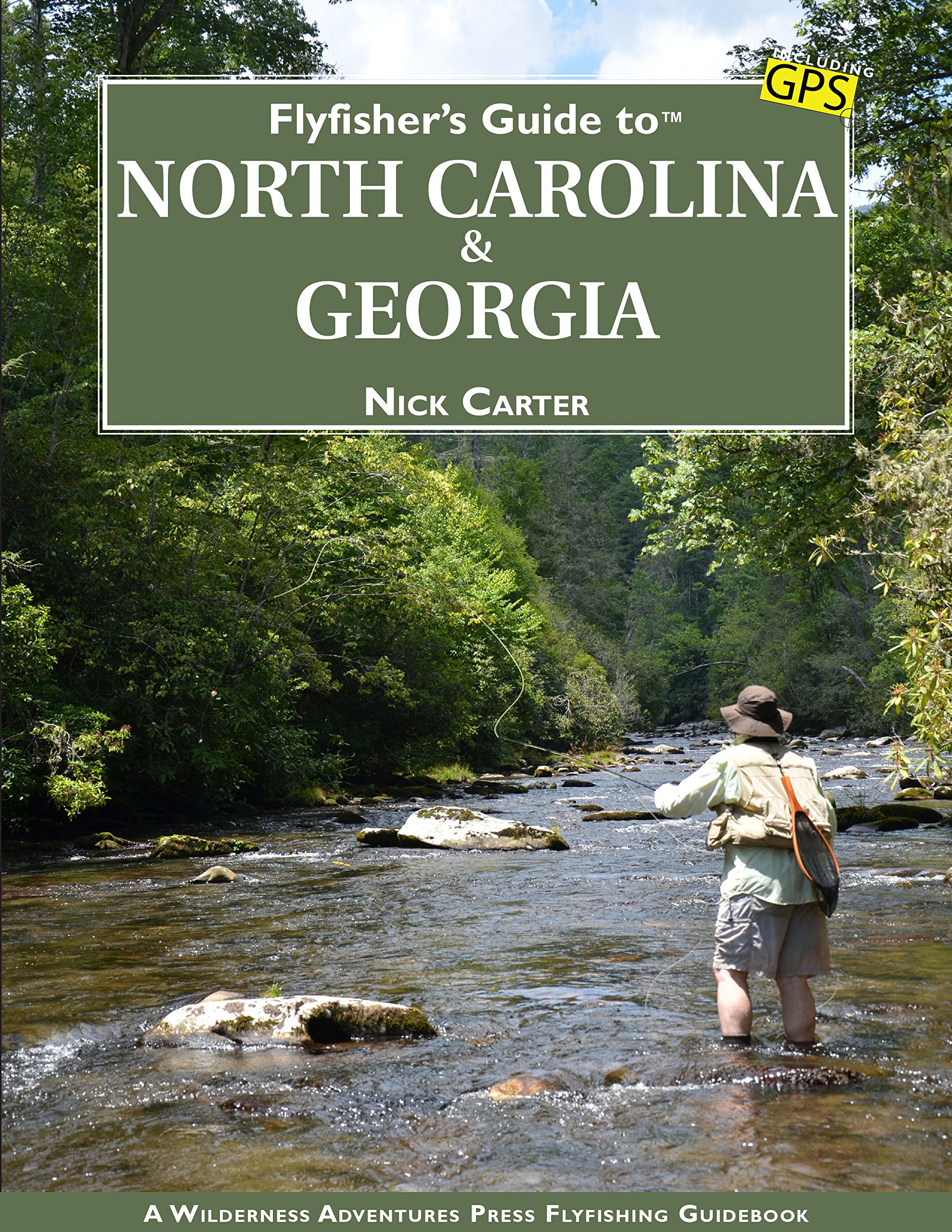I heard those words for the first time last summer. From the open face and high-pitched lilt of a 6-year-old boy, it was the reward for years of careful cultivation.
We've been fishing together since he was a toddler. Before last summer it was always my idea, a way to drag him away from cartoons on a warm afternoon.
Those early trips to a small neighborhood pond were frustrating. He wanted to do it himself, so Dad spent afternoons picking through snarled lines. The boy would muck around in the shallows, ruining his new tennis shoes, throwing rocks and scaring fish we were trying to catch.
At some point I just gave up on catching fish. That pivotal moment freed us both to enjoy time together. To a 4-year-old, sharing crackers with the minnows that dart from under the dock is as engaging as a fish on the line. The frogs, the turtles, the blue heron that fishes the same spawning flats we do, all are as integral to the experience as the fish.
We've caught fish - a lot of them - but none were as memorable as watching my son scramble over the rocks to pluck a fleeing salamander from a trout stream. He studied it closely in his open palm, and the questions began to flow.
Watching a child explore his world is immensely rewarding. Making it fun is key to feeding his desire to be outdoors.
The Fish
Fishing is more fun when fish are biting, and the fish should be feeding right now. With the spring warm-up, many species - including always-reliable bream - move shallow and congregate. Bream are a great target for young anglers because the techniques are simple, and the action can be fast.
Bream is the collective name for several different species of sunfish. They thrive anywhere with water deep enough to cover their backs. The pond at the park, the creek behind your house, public access points at the reservoirs - you're likely to find willing bream anywhere you find access to water.
Catching a few is as easy as walking the bank and prospecting with a red wiggler suspended beneath a bobber. Finding a bream bed is the mother lode. When water temperatures approach the 70 degrees Fahrenheit mark, bream construct spawning beds in the shallows that look like the enlarged cross-section of a honeycomb. For a few days on either side of each full moon of spring and summer, bream will be stacked up on the beds and easy to catch.
The Tackle
An inexpensive push-button rod-and-reel combo is all that's needed. Most come preloaded with line. All that's left to purchase is a pack of small bait hooks, some split-shot sinkers, bobbers and a container of red wigglers. If you don't know how to rig a worm under a bobber, look it up online.
1. Be patient. Don't plan on fishing yourself. The adult's job is to cast and untangle lines, bait hooks, unhook fish and avoid being hooked.
2. Take snacks. The most important items in the tackle box are snacks and juice boxes. Trust me.
3. Don't push it. If your kid would rather throw rocks or chase frogs, let them.
4. Get gear. Children love stuff that is theirs. Get a small tackle box for them to carry. Load it with a small pair of pliers and a few inexpensive lures.
5. Lure them in. Some kids just want to throw it out and reel it in. Small inline spinners, like Rooster Tails, are designed to catch anything that swims, and there's no wrong way to fish them.
6. Let them learn. Nothing is more aggravating than being constantly told what to do. Offer help, but let them learn from their own mistakes.
7. Start from the bank. Kids need space to play when they get bored with fishing. A boat confines them.
Nick Carter is a freelance writer, editor and photographer whose new book, "Flyfisher's Guide to North Carolina & Georgia," is available on Amazon or by emailing nsc8957@gmail.com for asigned copy.



